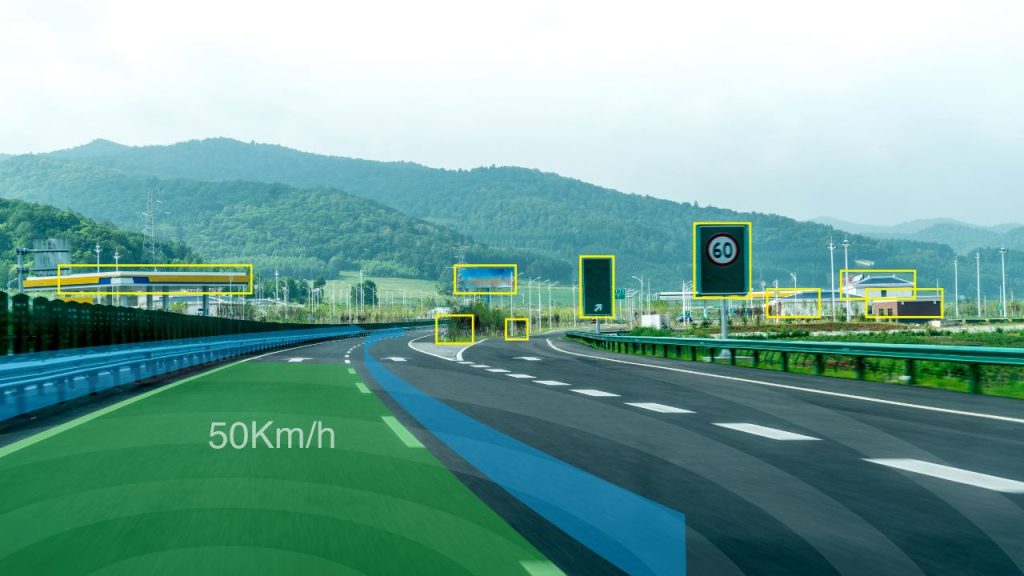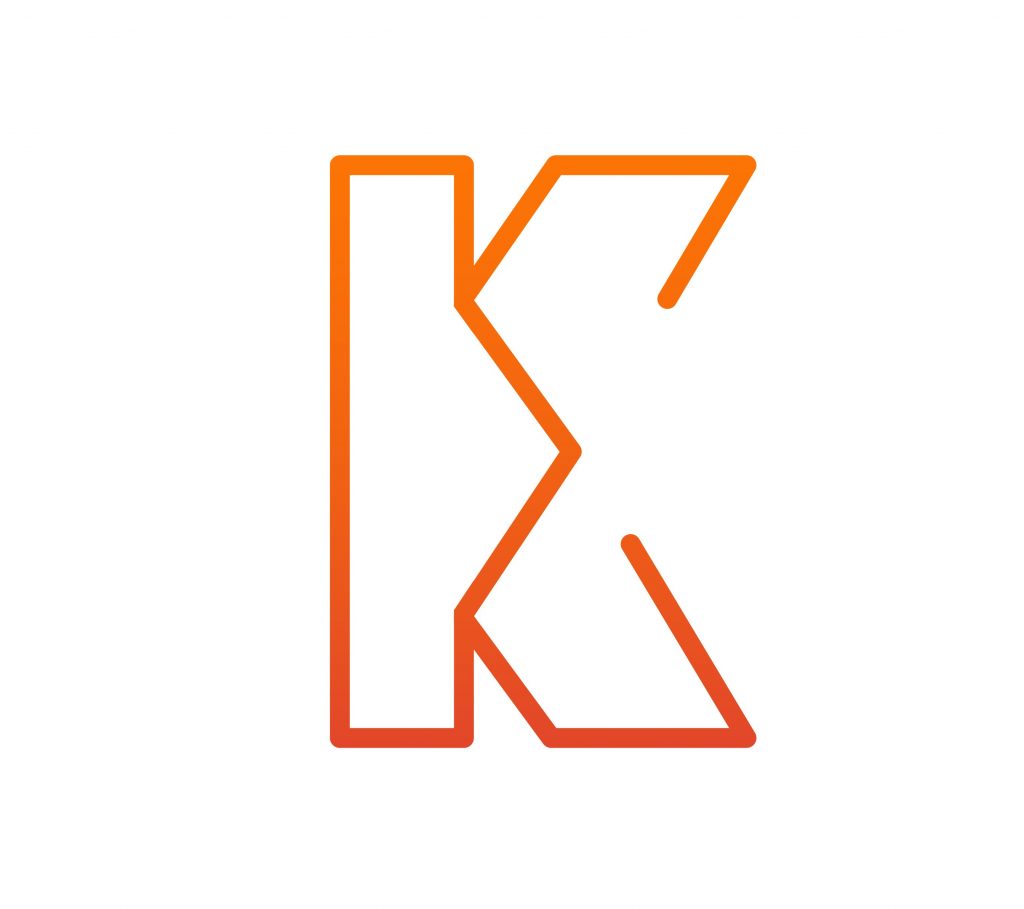Imagine a world where cars effortlessly navigate through bustling city streets and serene countryside roads, all without a human hand on the wheel. Thanks to groundbreaking advancements in technology, this once-fantastical vision is becoming a reality.
Autonomous vehicles are poised to revolutionize transportation, but their success relies on one crucial factor: accurate and precise annotation of the surrounding environment. In this article, we delve into the two main annotation techniques used in the field - bounding box annotation and segmentation annotation - to uncover their strengths and weaknesses in shaping the future of autonomous vehicles.
Bounding Box Annotation: The Foundation of Object Recognition
Bounding box annotation lays the foundation for object recognition in the autonomous vehicle's perception system. It involves drawing rectangles around objects of interest within an image. This method provides a quick and straightforward way to annotate data, making it a popular choice in certain scenarios. By capturing the approximate location of objects, bounding box annotation offers valuable information for object detection algorithms, allowing self-driving cars to identify and classify various entities on the road.
However, while bounding box annotation provides a basic understanding of object presence and location, it falls short in capturing finer details. The lack of pixel-level delineation can limit the vehicle's ability to precisely perceive complex scenes, especially in situations where objects overlap or have irregular shapes. This can lead to potential challenges in distinguishing between similar objects, such as differentiating a pedestrian from a lamppost or recognizing subtle road markings.
Segmentation Annotation: Unleashing the Power of Pixel-Level Precision
In contrast, segmentation annotation unlocks the power of pixel-level precision, enabling autonomous vehicles to perceive the world with unparalleled accuracy. This technique involves labeling and categorizing every pixel within an image, providing a comprehensive understanding of objects and their boundaries. By segmenting regions of interest, segmentation annotation empowers self-driving cars to differentiate between objects, capture intricate spatial relationships, and make informed decisions.
Pixel-perfect segmentation annotation service | Kotwel
Segmentation annotation excels in scenarios where precise object boundaries are crucial, such as recognizing pedestrians, detecting lane markings, or understanding intricate traffic sign details. The pixel-level information it provides enhances object recognition, semantic segmentation, and depth perception algorithms, making autonomous vehicles more adept at navigating complex environments.
Striving for Perfection in Autonomous Vehicle Annotation
As autonomous vehicles inch closer to widespread adoption, the importance of accurate and reliable annotation becomes increasingly evident. Bounding box annotation serves as the foundation for object recognition, while segmentation annotation unlocks the power of pixel-level precision. The choice between the two depends on the specific requirements of the project, but the undeniable benefits of segmentation annotation make it the preferred method for training autonomous vehicles to navigate complex environments.
As a leading provider of data annotation services, Kotwel understands the critical importance of accurate and high-quality annotations in training self-driving cars. With Kotwel's meticulous approach and commitment to excellence, autonomous vehicles can push the boundaries of perception, revolutionizing the way we experience transportation.
Note: Promoting autonomous vehicle safety and responsible data annotation practices, Kotwel ensures compliance with privacy regulations and upholds ethical standards in data handling and annotation.
Kotwel is a reliable data service provider, offering custom AI solutions and high-quality AI training data for companies worldwide. Data services at Kotwel include data collection, data annotation and data validation that help get more out of your algorithms by generating, labeling and validating unique and high-quality training data, specifically tailored to your needs.





